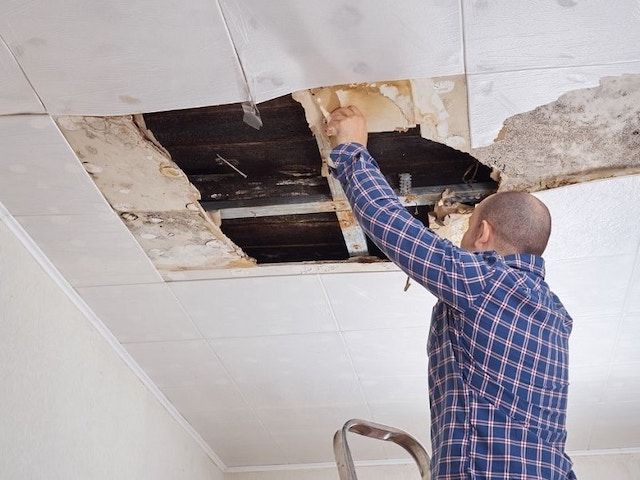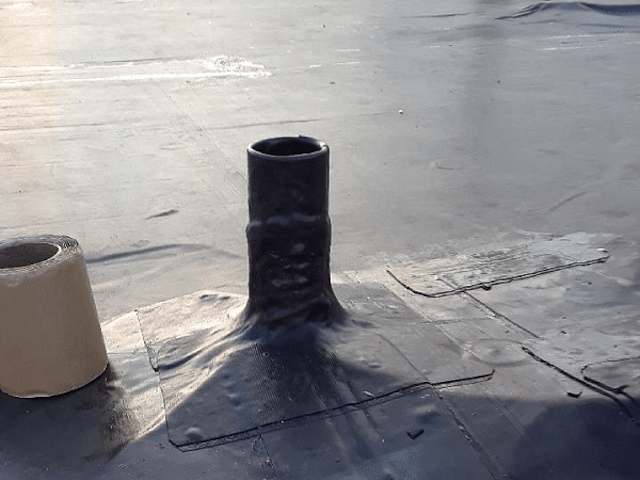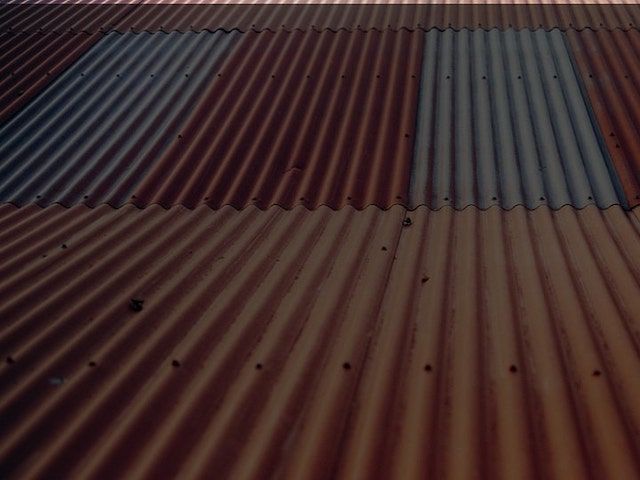Signs Your Roof Needs Ventilation
There are telltale Signs Your Roof Needs Ventilation. Of all the areas of focus in our homes, our roofs often get the worst deal. This is very much a case of out of sight out of mind. Many assume we can just leave our roofing to get on with things while we focus on other, seemingly more pressing aspects of home care.
In reality, neglecting the aspects of roofing is about the worst thing any homeowner can do. It can lead to severe issues, extreme expenses and worlds of hassle. Those are all issues you can avoid if you take care of your roof and treat it with the respect you use for other areas.
Of course, there’s more than one way to care for a roof. For one, you’ll want to invest in regular maintenance to keep things on track. In some instances, homeowners even find that roof ventilation is necessary for keeping their roof happy and their bills down.
Here at Ace Construction we know all about roof ventilation. We offer both Air Vent Shingle Vent and Lomanco L0-OmniRoll to ensure we can meet all your roofing needs. The question is, how exactly can you know the signs your roof needs ventilation?
Some Signs Your Roof Needs Ventilation
Trouble with Temperature – Poor temperature control is one of the main signs a roof could benefit from ventilation. During winter, a roof that isn’t ventilated could lead to excessive amounts of escaped heat. Subsequently, this will increase you energy bills to no end. Conversely, during the summer months this can lead to excessive heat and all the problems which come with it.
If your home temperature is always at the extreme end of the scale, then lack of ventilation is probably the answer. No matter the type of ventilation you choose, or the weather, this can help give your attic the breath of fresh air it needs.
We’d be remiss if we didn’t mention that the proper insulation for your attic also affects the temperature factors into this equation. Find out more in the post from our “sister” company Mac Supply.
Mold in your house or attic is another sure sign your roofing could use ventilation. Mold, especially in your roof, can lead to severe damage on attic rafters and joints. Additionally, we need to mention that it can put your health at risk. Unsurprisingly, a lack of ventilation can cause moisture to build. This is a guaranteed cause for mold.
Bear in mind that inspecting mold yourself could leave you at risk. If you have any cause to suspect a break out in your attic, contact an attic expert who can assess the damage and install ventilation to prevent further problems.
Sneaky Leaks – No one likes a leaking attic. What you might not realize this is yet another sign to invest in roof ventilation. That’s because leaks like these are often caused by interior moisture. Without adequate ventilation, any moisture will condense and begin clinging to rafters. This in turn will create internal leaks. As a result, this can lead to problems for obvious reasons. If you have a roof leak which you can’t identify, your lack of ventilation is probably the problem.
If you’ve ever wondered about the signs your roof needs ventilation or asked yourself does it need ventilated, the answer is yes. The good news is ventilation installation is right around the corner. We can install roof ventilation to eliminate the issues referenced above!
All you need to do is contact us at 765-644-6030, 765-282-6030 or 877-644-6030 today! If it’s more convenient, we welcome your request for us to inspect your home’s roof by completing our contact form or email us at joe@aceconstructiononline.com.


